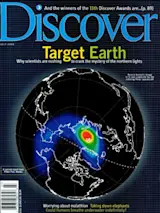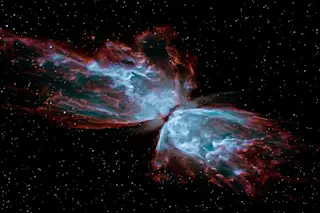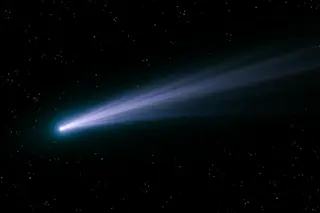On desolate mountaintops in Hawaii, Arizona, and Chile, a group of billion-dollar super-telescopes is about to expand the boundaries of what we can see in space. The language used to express these accomplishments may seem like hieroglyphics. How many people will understand the technical meanings of "magnitude" and "arc second"? But what really matters is that we'll be able to spot fainter stars and galaxies, and they'll appear sharper than ever before.
Despite the boasts of "500-power" used by manufacturers of cheap toy-store telescopes, the truest measure of an instrument's worth is the diameter of its main lens or mirror, not its magnifying power. The Hale Telescope on Mount Palomar, which was the world's largest for half a century, has a mirror 200 inches, or 5 meters, across. The just-completed Japanese Subaru Telescope is 8.2 meters across, the twin Kecks are 10 meters each, the two Gemini 'scopes are 8.1 ...














